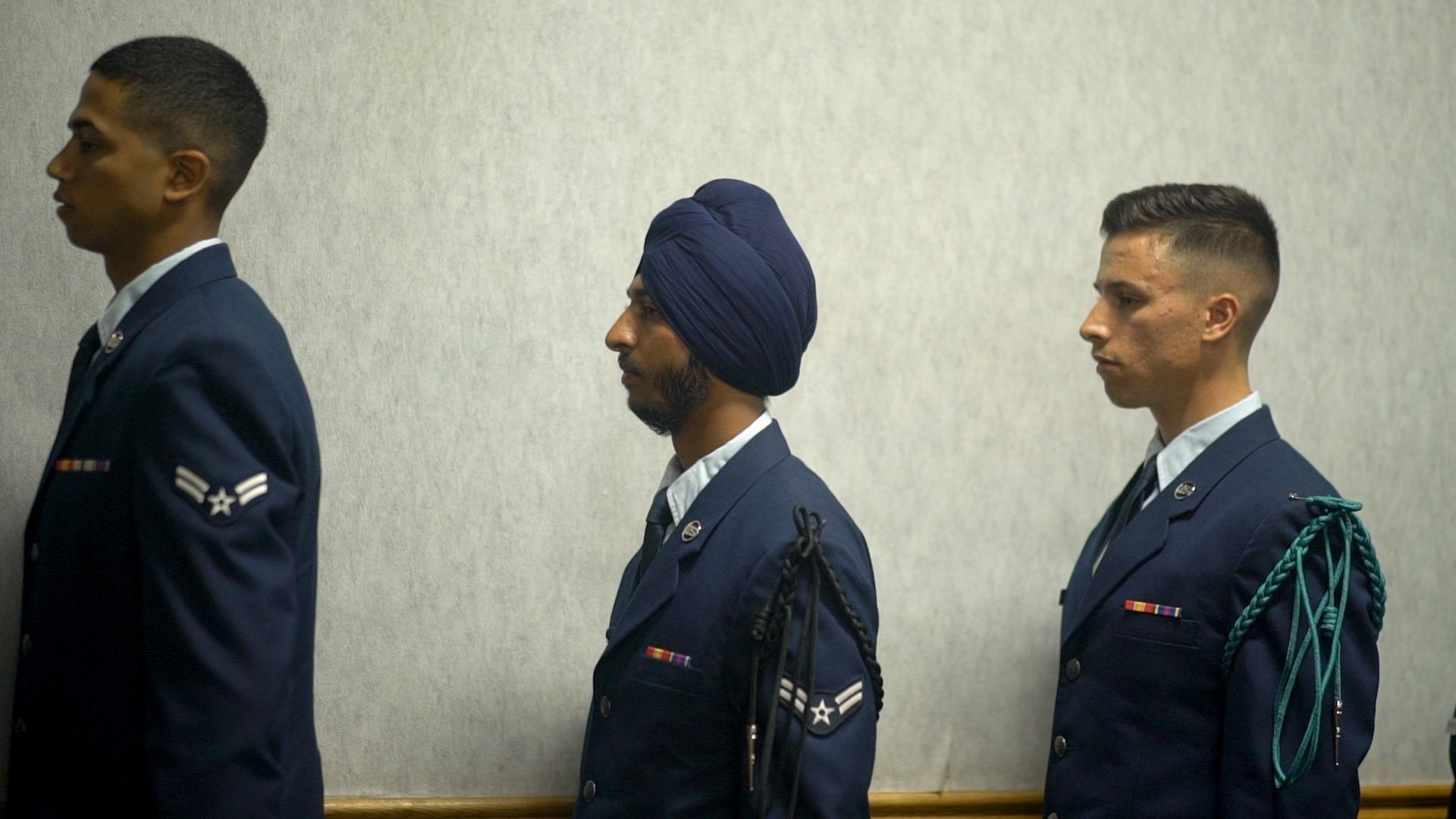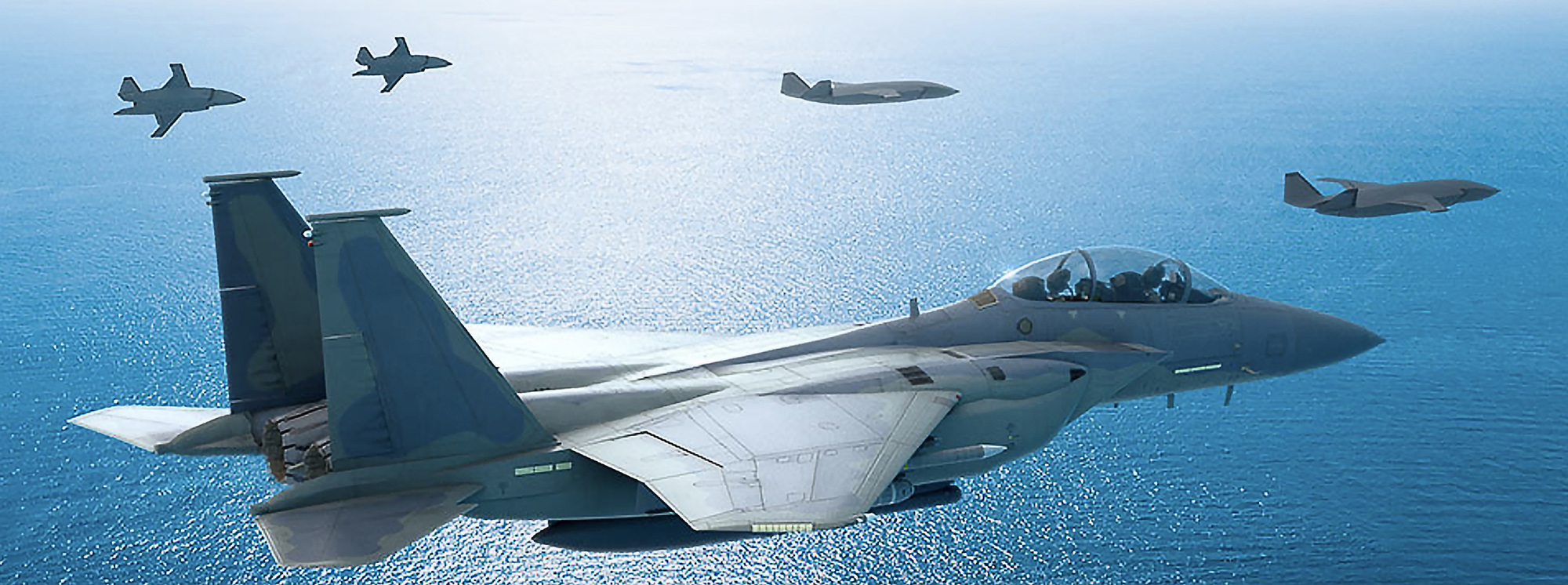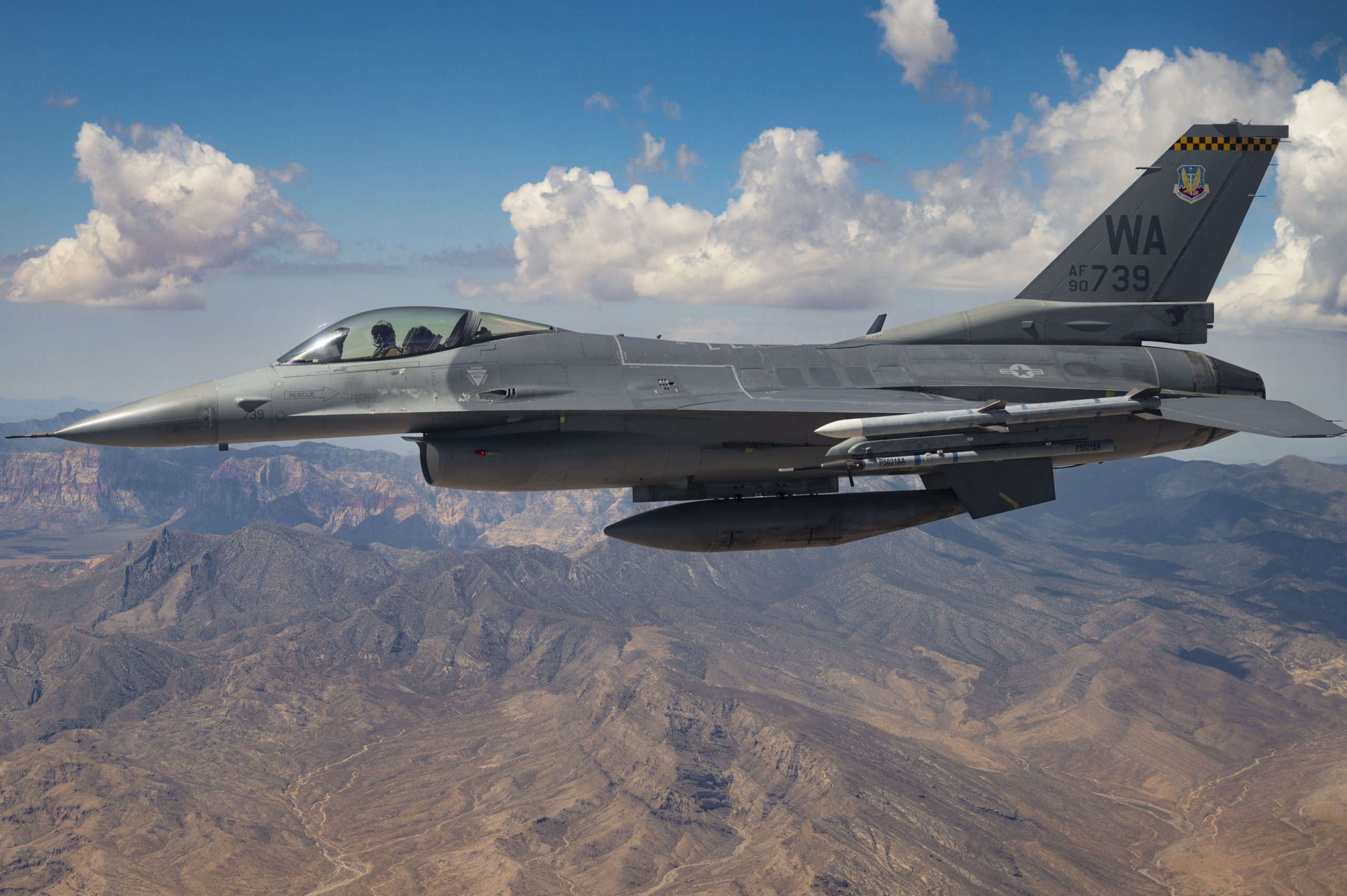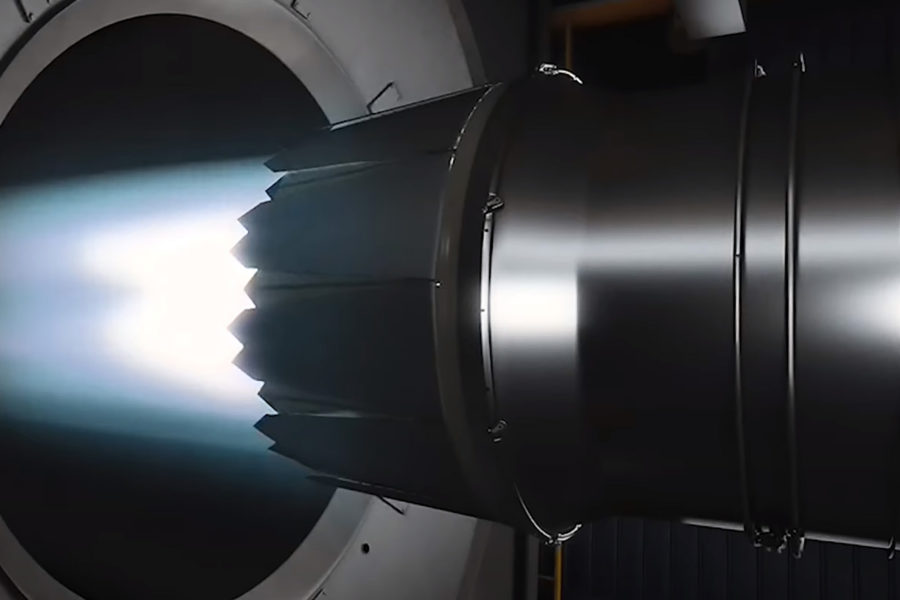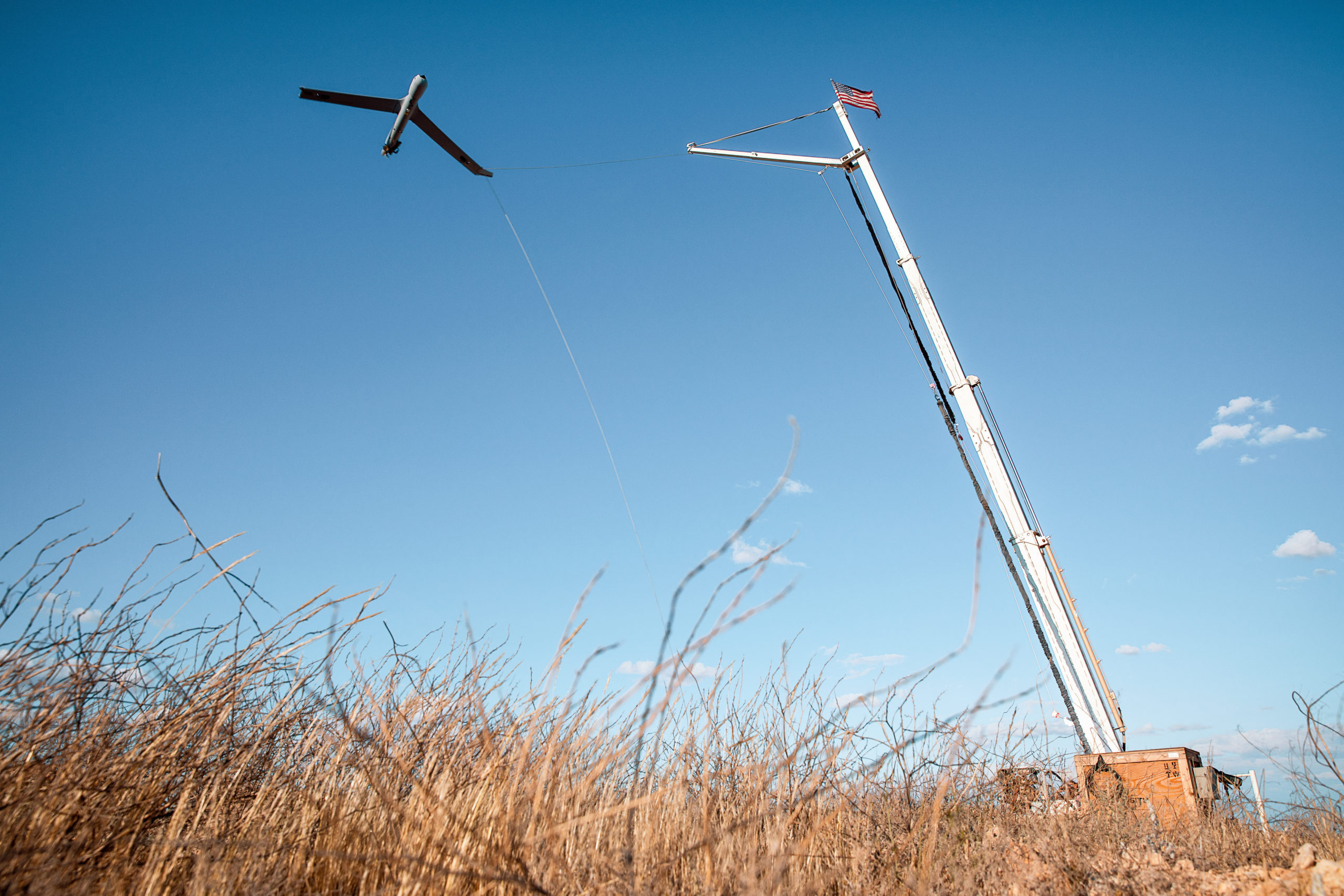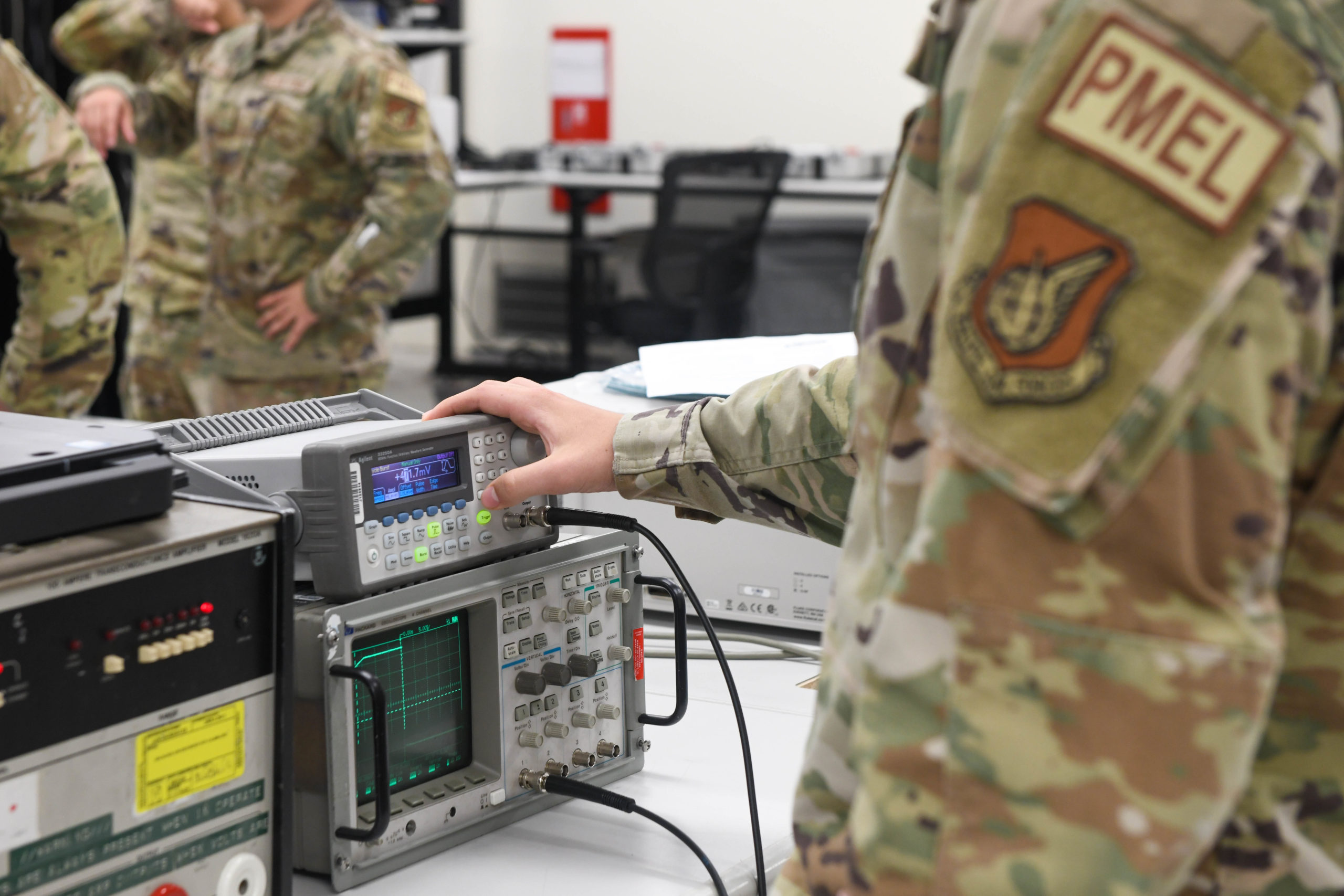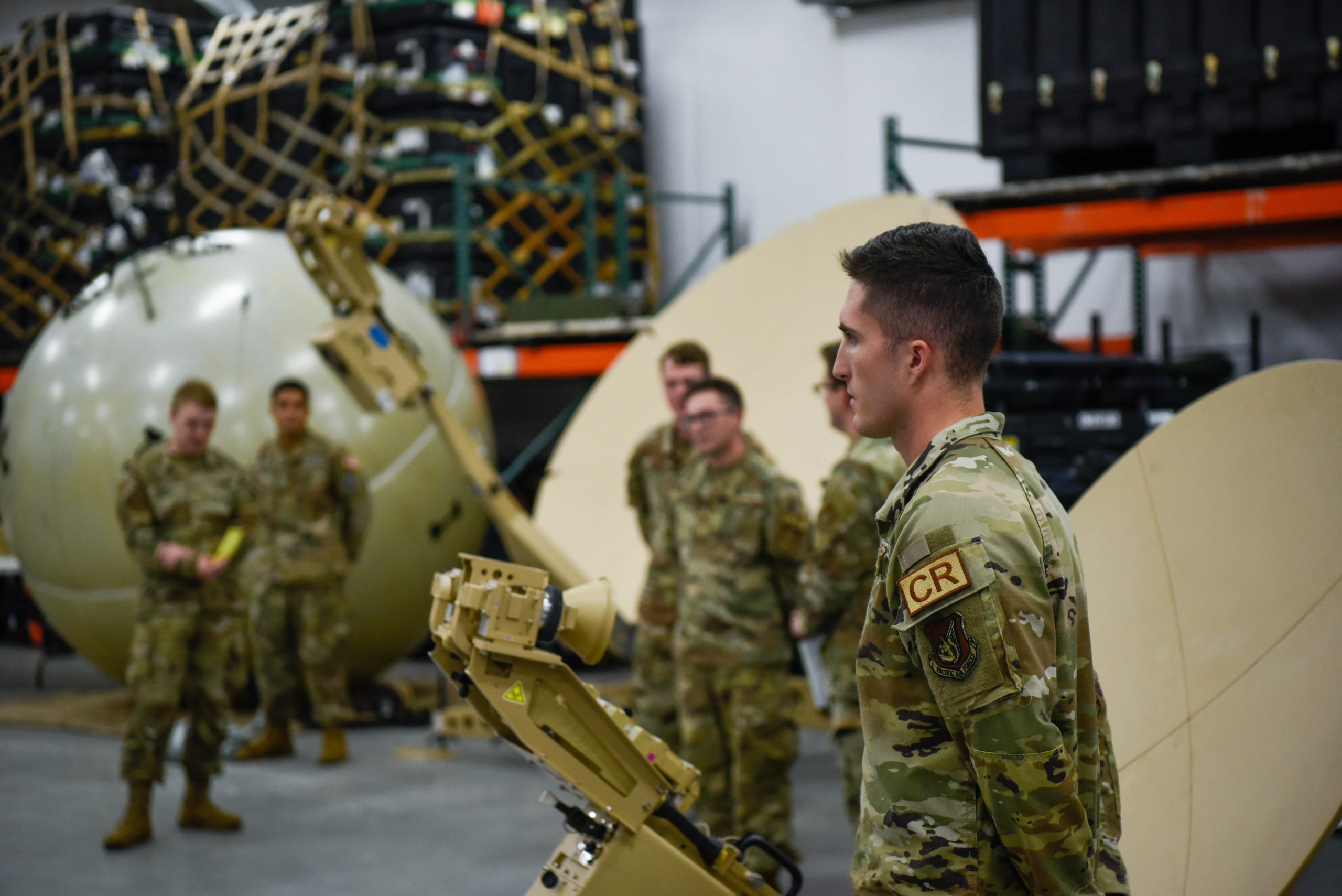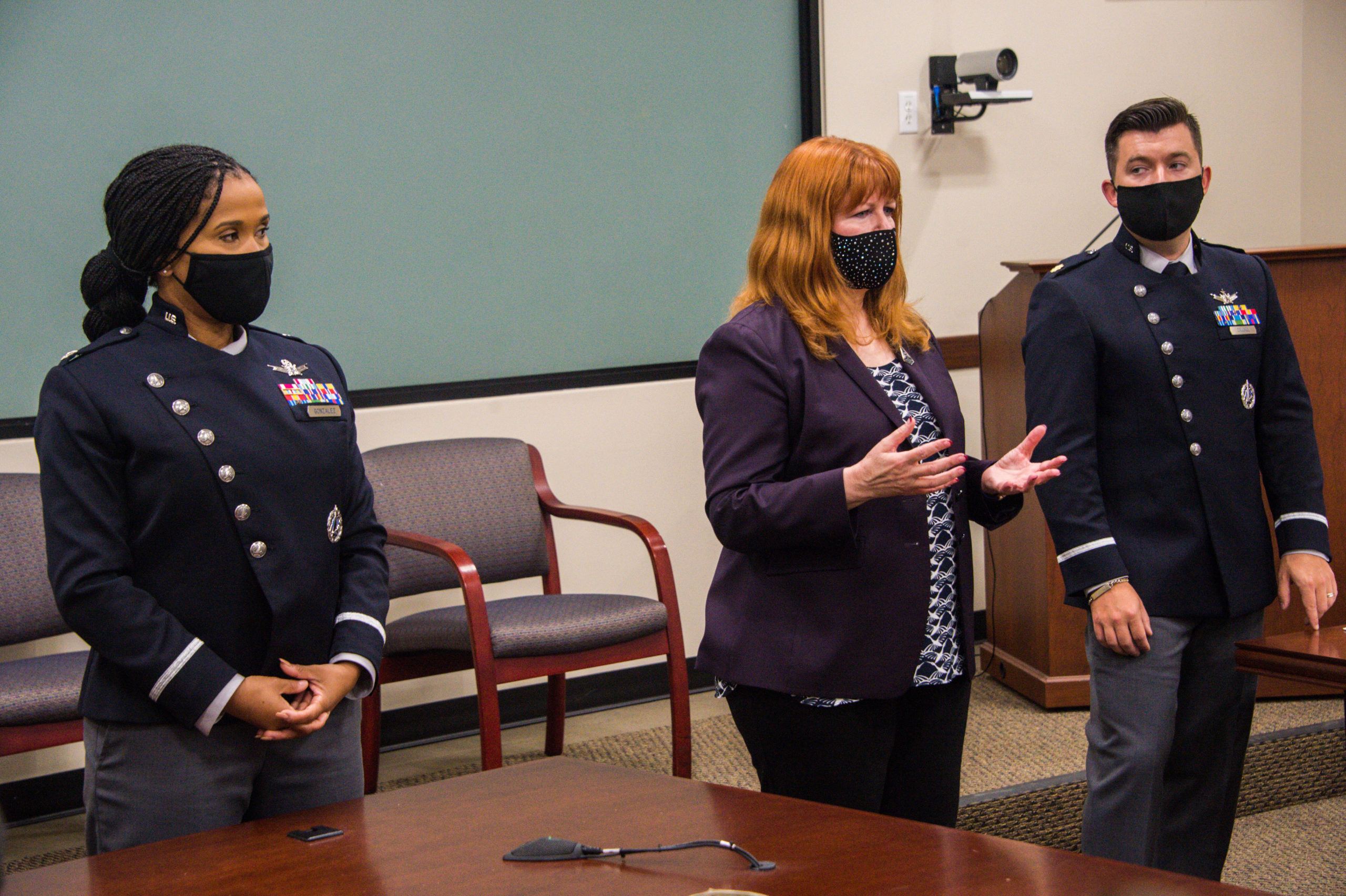Male Airmen and Guardians dreaming of one day sporting a beard in uniform got a boost of hope recently, as documents for a proposed study of “inclusive male grooming” standards leaked on social media.
But don’t put away those razors just yet. The service says the proposal is still in a draft phase and has not been approved.
The images posted on the popular unofficial Air Force amn/nco/snco Facebook page detail a pilot program in which selected service members can grow facial hair up to a 1/4 inch in length, as long as it is “neat in appearance, shaped appropriately, and not faddish.” Failure to do so would result in ejection from the program. Service members would also be required to provide feedback, photos, and documentation throughout the program.
The results of the program and the “impacts of male facial hair” would then be presented to the Secretary of Defense.
“The screenshots reflect a volunteer’s recommendation for how to proceed if a proposal for a pilot program is approved,” an Air Force spokesperson told Air Force Magazine in a statement. “The proposal is being discussed within the Black/African American Employment Strategy Team, one of the Department of the Air Force Barrier Analysis Working Groups, but has not been approved.”
A proposed start date is included in the images—Sept. 1, 2022—but there is no actual timeline for when the program could begin, as the proposal has not been formally submitted. When it is, it will first go to the Department of the Air Force’s Office of Diversity and Inclusion.
One of the documents shown on social media includes the signature block of Brig. Gen. Devin R. Pepper, the Space Force’s deputy director for strategy, plans, and policy. Pepper is one of three Black men who are general officers in the Space Force, and he is a member of the Black/African American Employment Strategy Team (BEST).
The issue of shaving is of particular interest for that team because Black men often deal with painful razor bumps, caused by ingrown hairs, at a higher rate than other racial groups.
The Air Force has cited razor bumps in the past when making changes to its grooming policy. In 2020, the department extended shaving waivers for those diagnosed with razor bumps from one year to five years.
But advocates argue that more sweeping changes are needed, in part because shaving waivers are often misunderstood and hurt Airmen’s careers.
In May, a slide deck presentation from BEST circulated on the unofficial Air Force Reddit page. Dated Feb. 13, the presentation noted that promotion, retention, and special opportunities are all negatively affected by shaving waivers and that Black Airmen make up the majority of waiver recipients.
The presentation’s proposed solution is to revise Air Force dress and appearance regulations to allow for beards between 1/8 inch and 1/4 inch long. The revised regulation would require Airmen to pass a “mask seal fit test for a mask/respirator, if actively required for occupational duties.” If they fail that fit test, they must either be shaved or disqualified from that duty. Commanders would also be able to temporarily restrict the wearing of beards “to meet safety and operational requirements.”
The presentation is “pre-decisional” and has been “circulating internally” among BEST, an Air Force spokesperson said when asked by Air Force Magazine if the document has been formally presented.
Air Force leadership has generally seemed reluctant to allow beards across the board, however. In April 2021, Chief of Staff Gen. Charles Q. Brown Jr. and Chief Master Sergeant of the Air Force JoAnne S. Bass indicated that they were more inclined to clarify the waiver process, as opposed to changing grooming regulations.
That approach resulted in another 2020 change when the department expanded its grooming policy to allow for Airmen to apply for waivers to wear beards for religious reasons.
Still, many Airmen, especially younger ones, continue to push for a broader change in regulations, so much so that Bass made reference to it in a panel discussion at the AFA Warfare Symposium in March.
“Our Airmen and Guardians are more talented, smarter, innovative, ready to get after it. They have information at their fingertips. In this information age we’re in, many have an attention span of eight seconds. And many just want to have beards,” Bass noted.
